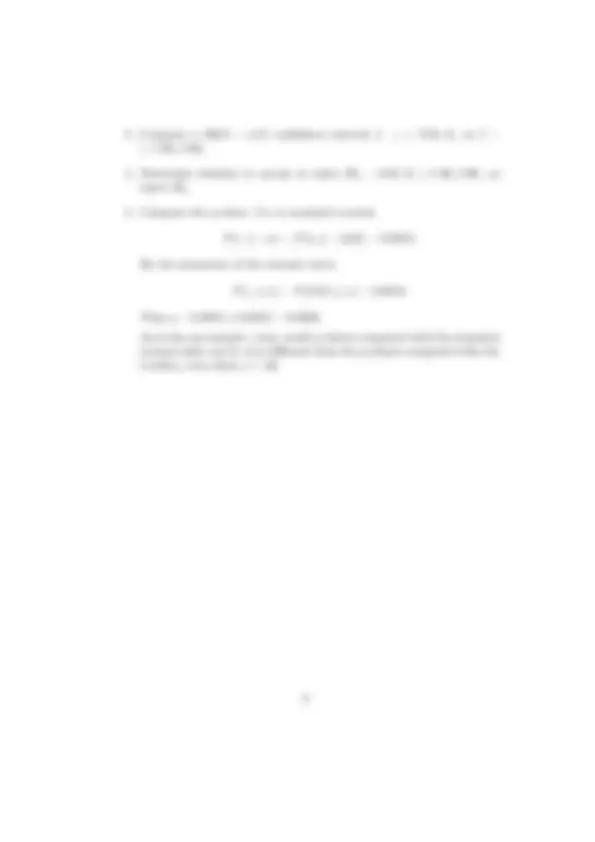



Study with the several resources on Docsity

Earn points by helping other students or get them with a premium plan


Prepare for your exams
Study with the several resources on Docsity

Earn points to download
Earn points by helping other students or get them with a premium plan
Community
Ask the community for help and clear up your study doubts
Discover the best universities in your country according to Docsity users
Free resources
Download our free guides on studying techniques, anxiety management strategies, and thesis advice from Docsity tutors
The paired-sample z-test is a statistical method used to compare the means of two related samples, where each subject in one group is paired with a subject in the other group. This test assumes that the sample forms two treatment groups, the null hypothesis states that the average of the pair differences is not significantly different than zero, and the population distribution is arbitrary. The test involves computing the test statistic, determining the rejection region, and calculating the p-value. A step-by-step guide to performing the paired-sample z-test, including an example problem.
Typology: Schemes and Mind Maps
1 / 3

This page cannot be seen from the preview
Don't miss anything!


sd √ n
H 0 : μ = 0, H 1 : μ 6 = 0
z =
d¯ − μ SEmean
assuming the null hypothesis value 0 for μ.
For the difference variable di = x 1 i − x 2 i,, the central limit theorem insures that d¯ ∼ N (μx, σ^2 x/
n). The paired two-sample z-test reduces to a one- sample z-test on the differences di.
Freedman, Pisani, and Purves, p. p. 476: A legislative committee wants to see if there is a significance difference in tax revenue between the proposed new tax law and the existing tax law. The committee has a staff member randomly choose 100 representative tax returns. For the ith return, it com- putes the tax x 2 i using the proposed new tax law, and compares it to the tax x 1 i paid under the existing law. The staff member then computes the differences di = x 2 i − x 1 i and tests whether there is a significant difference between the proposed new law and the existing law. Here are the summary statistics:
n = 100 d¯ = − 219 sd = 725 c = 0 α = 0. 05
SEmean =
sx √ n
The five steps of the z-test:
H 0 = 0, H 1 6 = 0
z =
x¯ − μ SEmean